Spatial
Jasmax 81 Ngā Tāngata Tiaki o Whanganui Te Āti Haunui-a-Pāpārangi HAUMI New Zealand Pavilion 2020, Dubai
-
Pou Auaha / Creative Director
HAUMI
-
Ringatoi Matua / Design Director
Jasmax
-
Ngā Kaimahi / Team Members
Ngā Tāngata Tiaki o Whanganui, Te Āti Haunui-a-Pāpārangi, Workshop e, Turner & Townsend, Lightworks, Kaynemaile, Neumann & Mueller, Mott Macdonald, Special Group, NZTE -
Kaitautoko / Contributor
Rimond Middle East General Contracting -
Client
New Zealand Trade and Enterprise (NZTE)
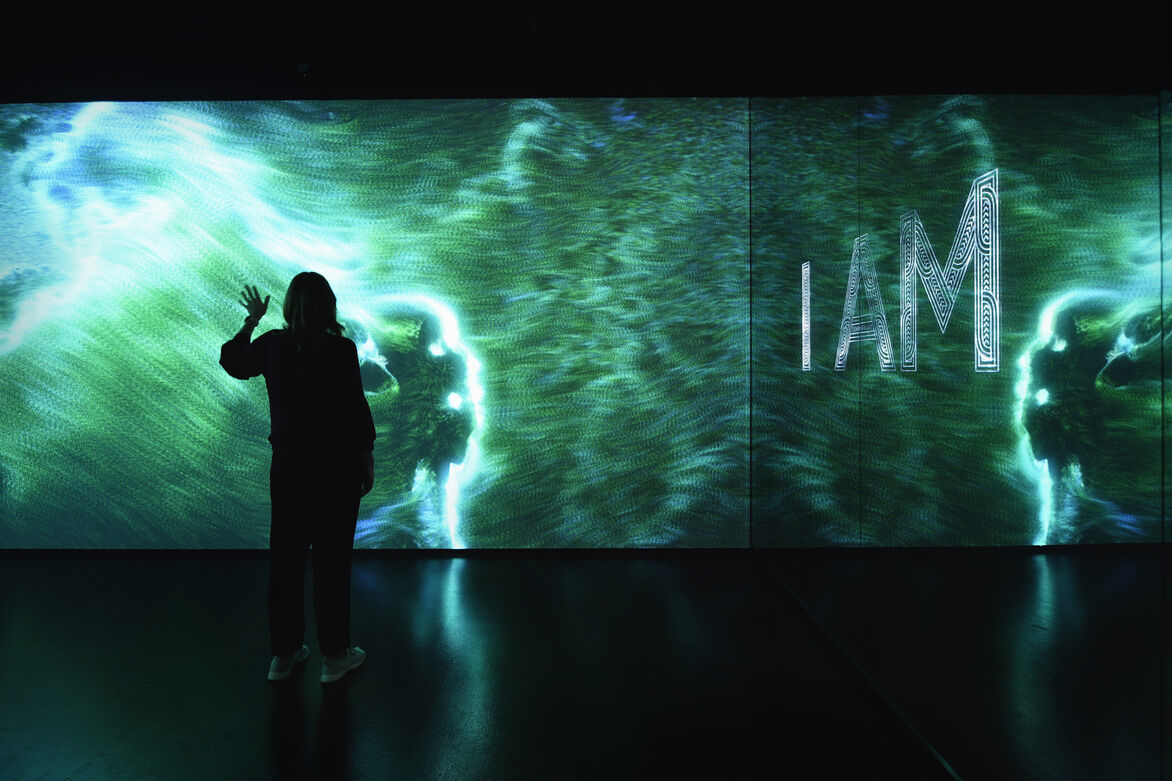
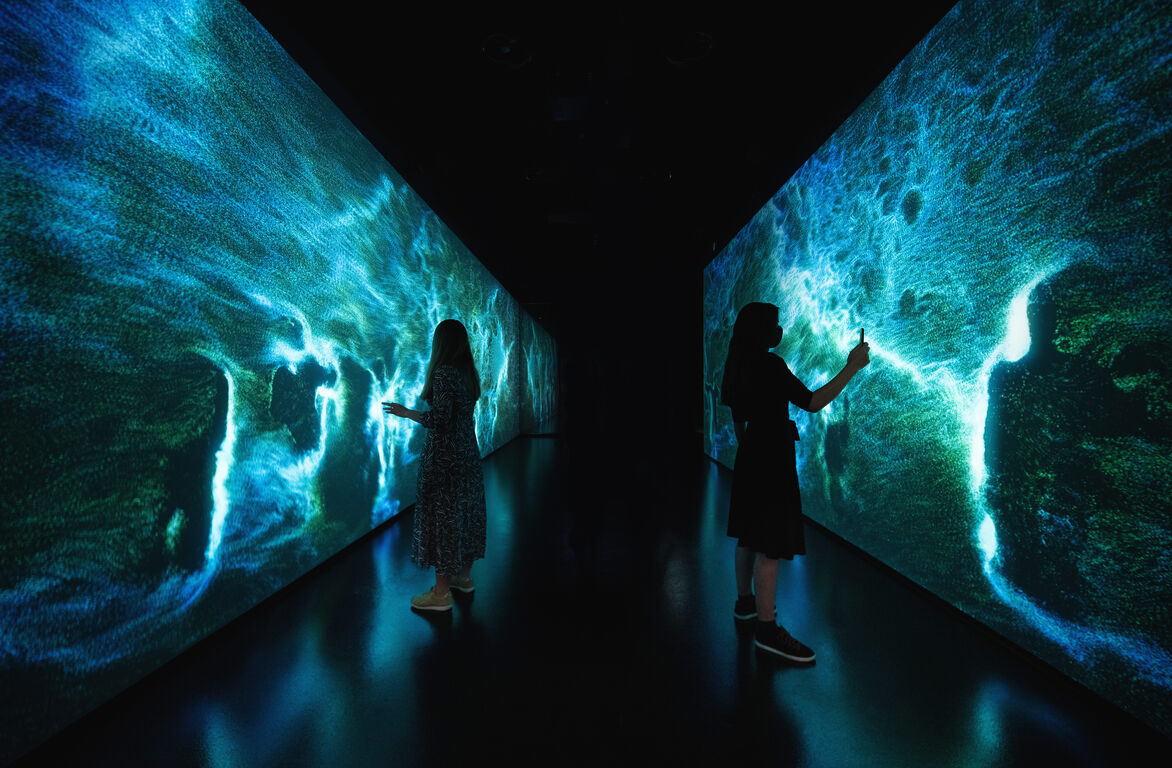
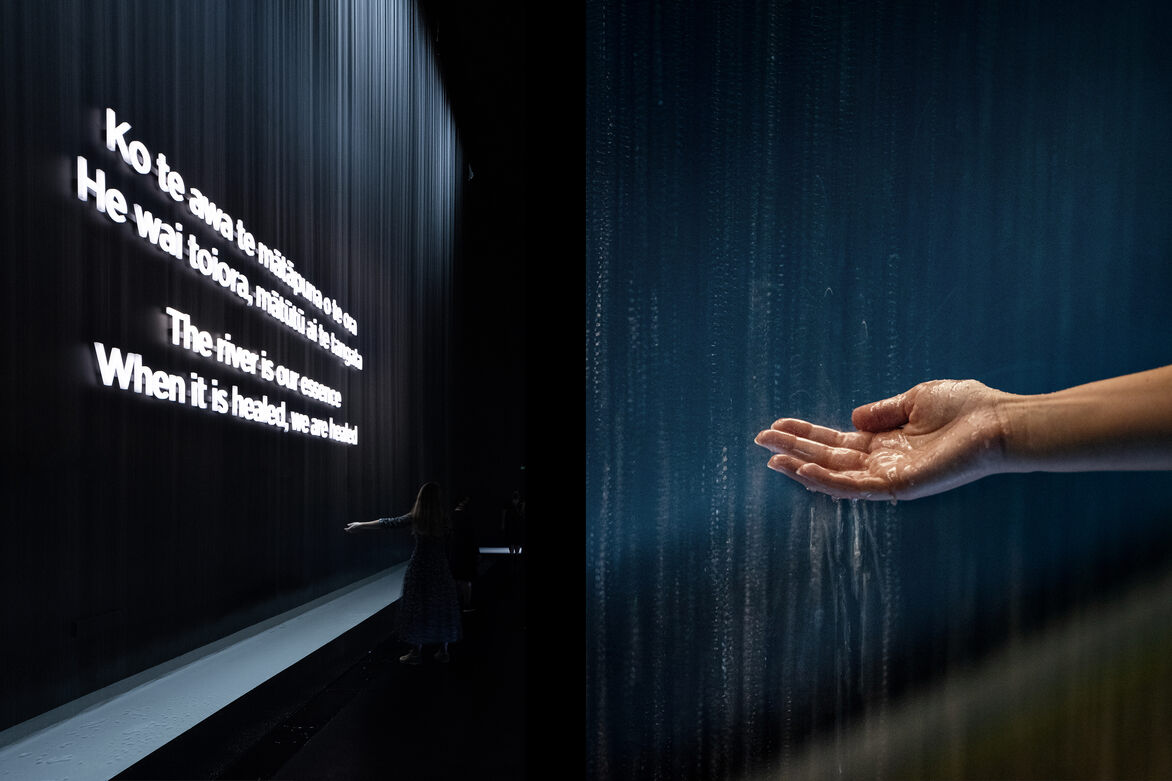
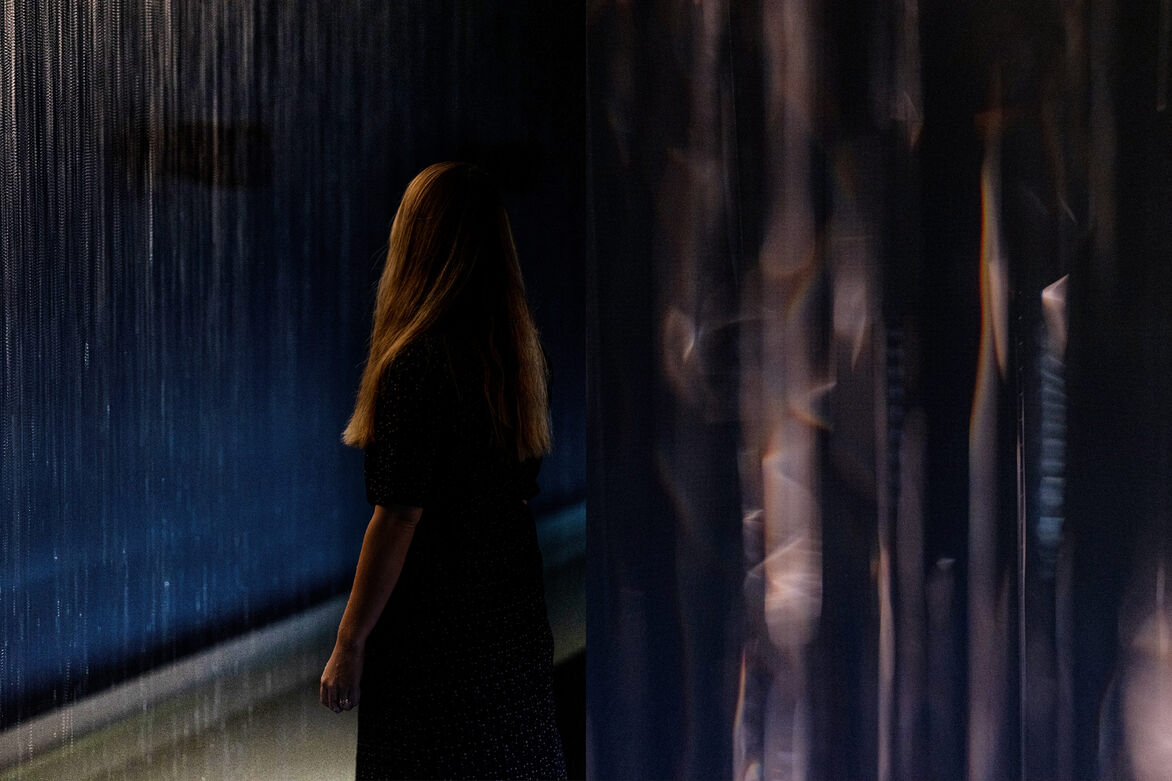
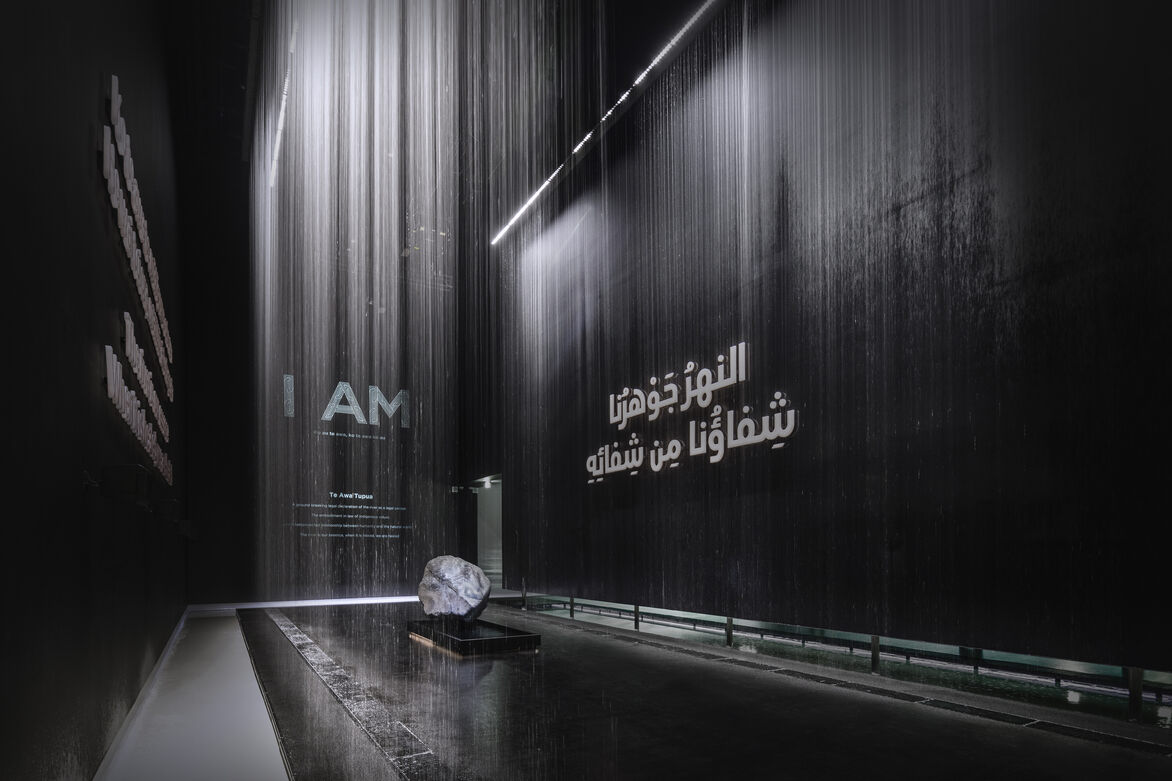
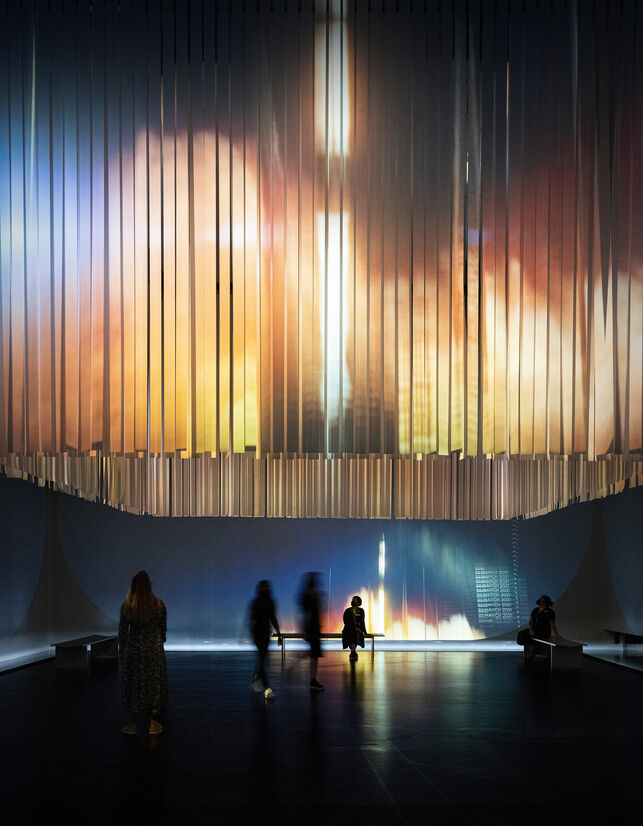
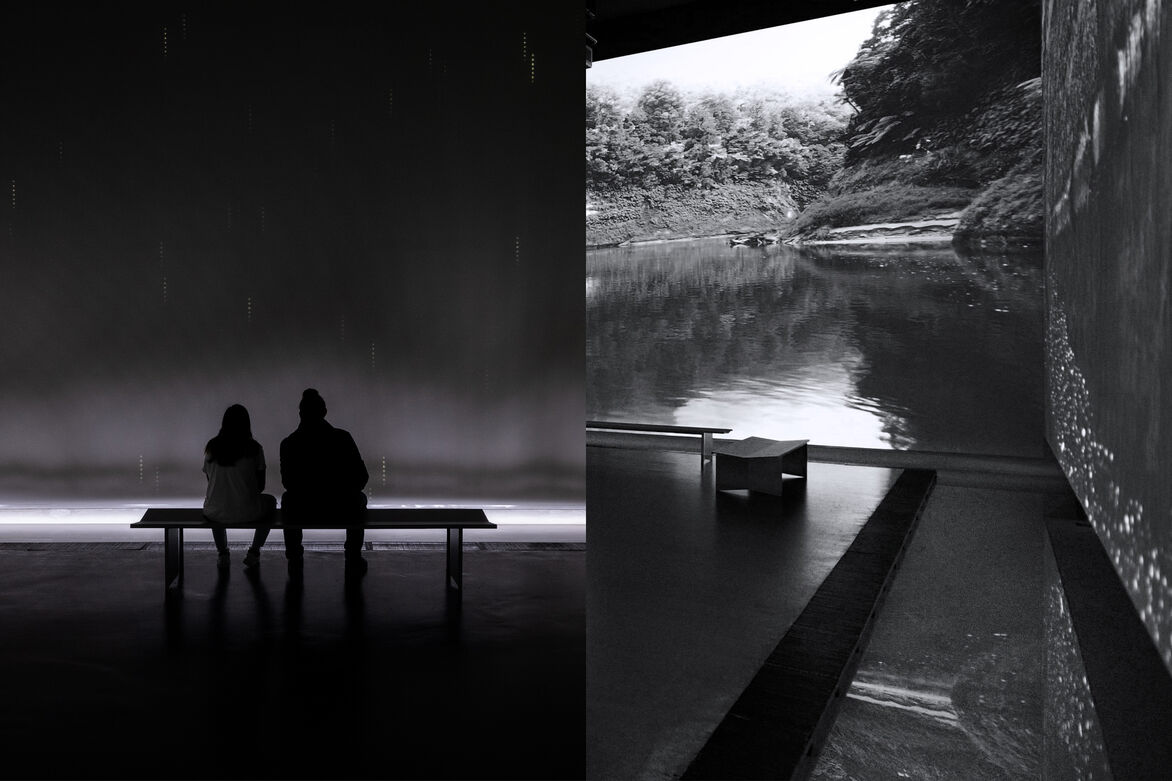
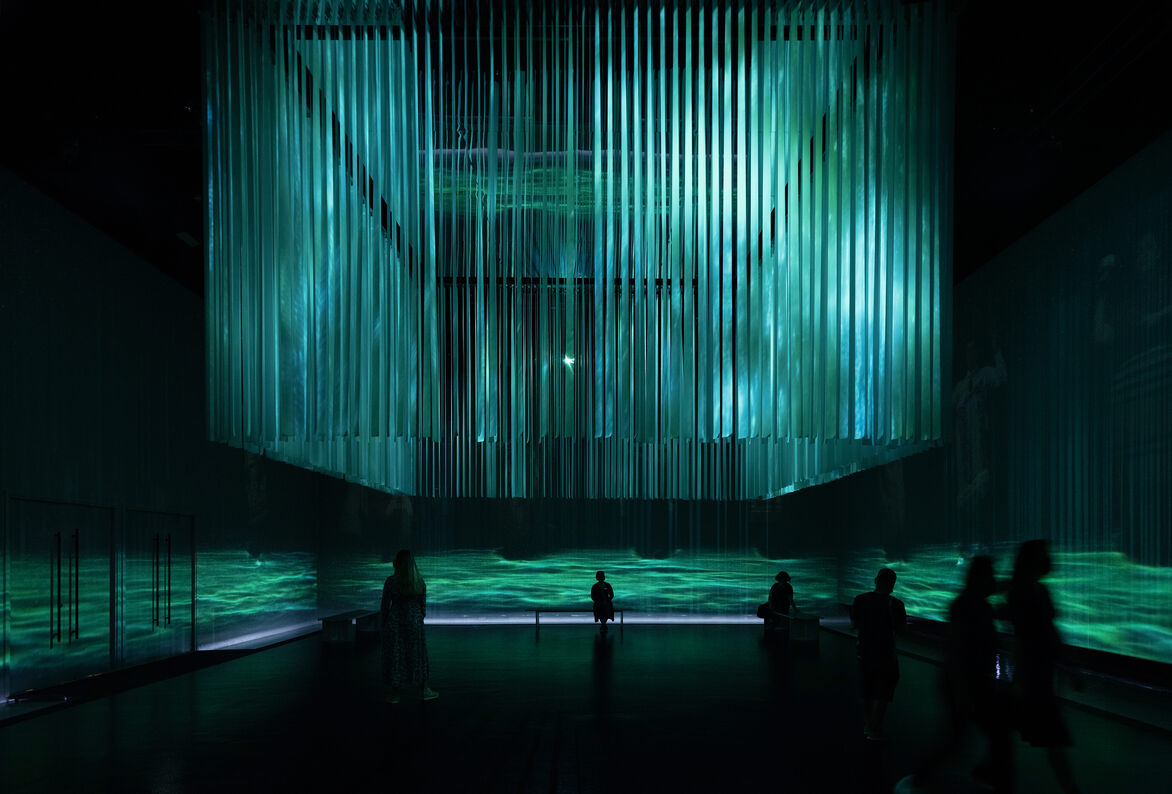
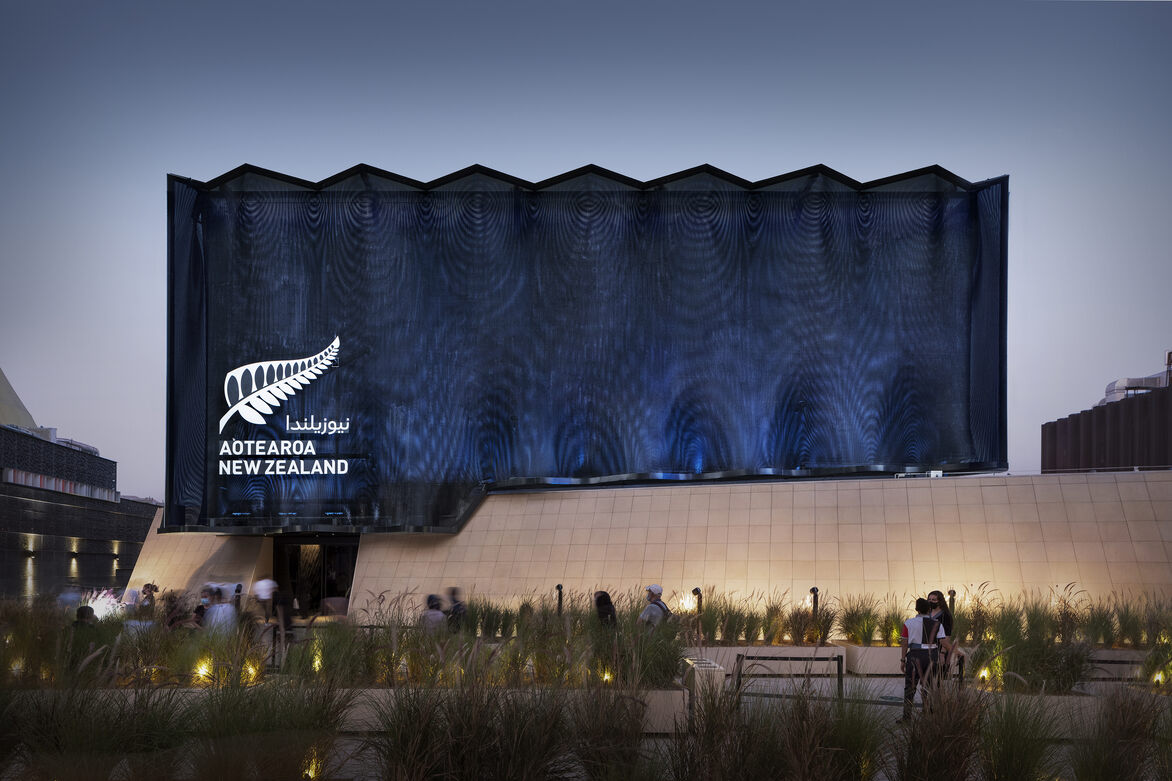
Description:
Themed ‘Connecting Minds, Creating the Future’, Expo 2020 Dubai was a major international exposition hosted by the United Arab Emirates that brought together almost 200 countries over a six-month event, finishing in March 2022.
With envoy nations erecting pavilions to support trade and enterprise, the client brief was to showcase New Zealand innovation and environmental leadership to the world.
The design of the New Zealand Pavilion was inspired by the world-first legal personhood status accorded to Te Awa Tupua (the Whanganui River) in 2017. Represented physically and metaphorically in a sequence of visitor experience rooms, Te Awa Tupua was the unifying storytelling element, key to helping visitors understand the concept of kaitiakitanga and how New Zealand is a nation of innovators who care for people and place. This was inspired by the Whanganui iwi’s whakataukī ‘Ko au te awa, ko te awa ko au / I am the river, the river is me’. Visitors were invited to consider the idea that humanity’s wellbeing is innately connected with nature’s wellbeing.
The pavilion combined technology, sound, water, light, kinetic movement and vibration with indigenous values and storytelling to deliver a one-of-a-kind immersive and sensory experience that engages visitors on an emotional level.
When approaching the pavilion, visitors first encountered a rippling, water-like façade and heard a heartbeat, or pulse, emanating from the building. The façade moved in time with this low-frequency sound, which represented the mauri, or life-force of the river. Upon entering the pavilion, visitors were then guided through an internal walkway, where an immersive digital representation of the river coursed alongside the walls. Triggered by sophisticated movement tracing technologies, visitors could interact with, and disrupt the flow of the river by marking their presence within the flow of light that surrounded them. The River Room is where visitors were first introduced to the physical representation of Te Awa Tupua. In this darkened space, sheets of water fell nine metres from the ceiling to the floor, creating a space for contemplation of the whakataukī ‘Ko te awa te mātāpuna o te ora, He wai toiora, mātūtūai te tangata | The river is our essence, When it is healed, we are healed’. At the centre of the room was a mauri toka brought from the upper reaches of Mount Tongariro, where the main stem of the Whanganui River rises. Gifted by Ngāti Hikairo ki Rotoaira, it is this stone which forms the origin of the aural pulse which emanates from the inside to the exterior of the pavilion. Next, a Film Room features a state-of-the-art audio-visual experience transporting visitors as they learn how Aotearoa New Zealand is innovating to Care for People and Place.
Visited by almost 1.25 million people, the pavilion experience demonstrated the rich and complex Māori worldview of kaitiakitanga, and how New Zealanders innovate to care for people and place.
Virtual tour: https://nzpavilionvirtualtour.co.nz/